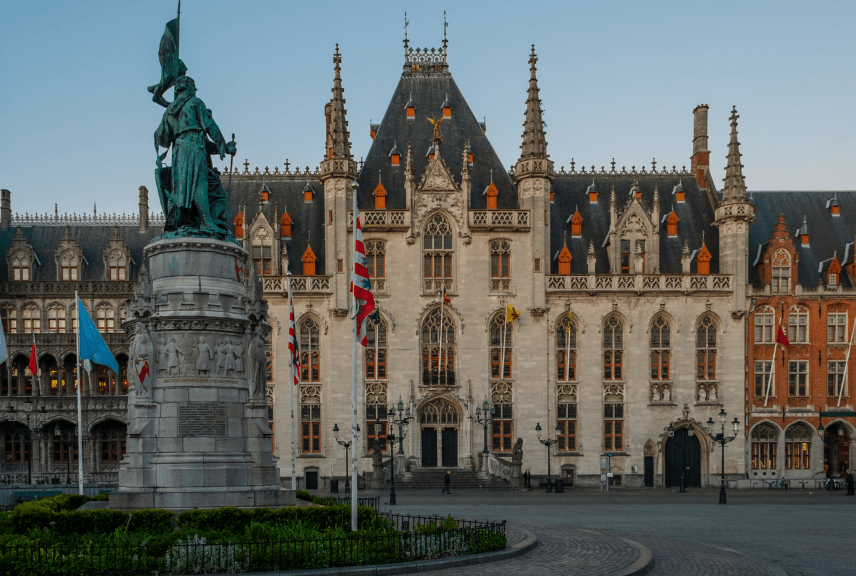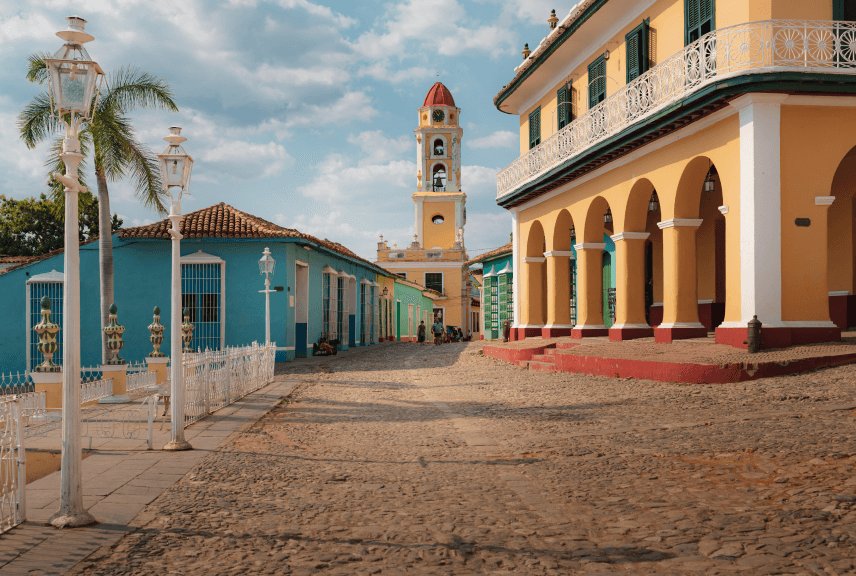Ugrasen-Ki-Baoli
Located on the narrow Hailey Lane on the Atul Grove Road (old Hailey Road) cutting across the Kasturba Gandhi Road, in the center of modern Delhi, is an ancient stepped well or Baoli. Ugrasen’s Baoli (stepped-well) is said to have been built by Raja Ugrasen, the forefather of the Aggarwal community. However, the architectural features of the Baoli resemble the features of the late Tughlaq period or Lodi age.
This 14th century structure is believed to be among the ‘finest’ baolis in Delhi because of its innovative designs. Built with rubble and dressed stone, it measures 60 meters long, from north to south and 15 meters wide at ground level. The main feature of the structure is the long flight of steps flanked by a thick wall with two series of arched structures, the lower ones submerged under water and the upper ones just above the surface of the water. These steps between the walls lead down to the water level.

There is also a steep well in the northern side. On the western side is a small mosque with three openings. Raised on a solid platform, it has a ‘whale-back’ roof, and four pillared columns of red sandstone carved with ‘chaitya motifs and stucco medallions’ in spandrels, which makes it a distinct structure.
This baoli, which is named after Raja Ugrasen has a legend that any Aggarwal new to the area could call on his fellow Aggarwals for help. Every person of the community would help him by donating a brick and a small sum of rupees. Likewise he would help the next person of the community in need.
Situated amidst the modern high rise buildings, the entrance of the baoli has vanished by now but the baoli still serves as a pool in the summer and one can see washing spread out to dry over its arched walls. Ugrasen’s Baoli is a fascinating remnant of Delhi’s history in the midst of the modern heart of the city.
















